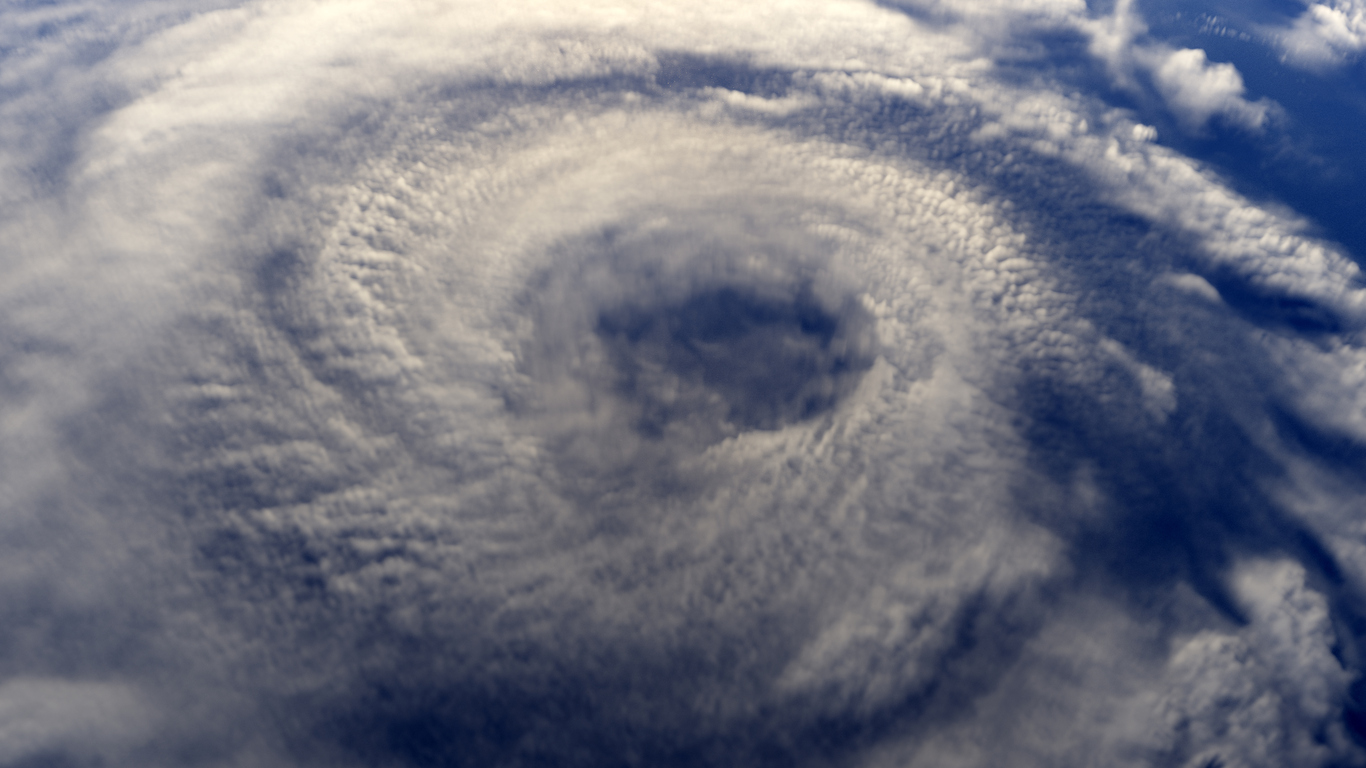For months now, a massive volume of water has been pushing against the levees keeping a city mostly below sea level from being inundated. The Mississippi River ran past New Orleans at more than 11 feet above sea level for a record 292 days, dropping below that height only Monday.
‘‘The big threat is water getting through or underneath,’’ said Nicholas Pinter, an expert on river dynamics and flood risks who’s studied levee breaches across the nation. ‘‘The longer the duration, the greater the threat.’’
Locals walked up levees from Baton Rouge to New Orleans to see the river for themselves as Tropical Storm Barry briefly menaced Louisiana last month, but the real damage runs underneath, experts say: All that rushing floodwater can scour levees along their foundations, causing damage in places that can’t easily be seen.
‘‘That ultimately could undermine the levee as well and cause a breach or a failure,’’ said Cassandra Rutherford, assistant professor of geotechnical engineering at Iowa State University.
The federal agency that maintains the levees is aware of the risks. But Ricky Boyett, spokesman for the New Orleans office of the US Army Corps of Engineers, said the corps is confident that South Louisiana river levees are in great condition, with improvements made since 2011.
‘‘If there’s a silver lining going into hurricane season with the river this high for this long, we’re entering the hurricane season having done 200 inspections of the levee since February,’’ Boyett said.
Inspectors were looking for parked barges, stuck debris, or other potential trouble, such as tire ruts or damage from feral hogs on grassy surfaces. They also looked for water seeping through, and for sand boils — spots where water tunneling below a levee seems to bubble out of the ground.
Concrete mats armor underwater areas likely to be eaten away by the river’s current, Boyett said. Sand boils get ringed with sandbags until the water pressure on both sides equalizes, stopping the flow. And because some permanent repairs can’t be made during high water, dangerous seepage gets stopgap coverage: About 63,000 large sandbags have been used since March on one 300-foot-long seepage area upriver of Baton Rouge, he said.
Even so, experts who study flowing water say there’s a risk the river could rise above the tops of some levees in the New Orleans area, if a hurricane pushes enough storm surge up the swollen river. The city’s levees held the river back in the great flood of 1927 and haven’t been topped since then, Boyett said.
A Category 4 hurricane striking the Louisiana coastline can produce a 20-foot storm surge, the National Oceanic and Atmospheric Administration says. However, that surge’s size at New Orleans, more than 100 winding river miles up from the coast, would be reduced by the Big Muddy’s push seaward.
The levees range in height from 20 to 25 feet. While river levels are finally falling, the National Weather Service projects the Mississippi will remain above average at New Orleans as hurricane season heats up.
‘‘We really have a heightened concern this year,’’ said Scott Hagen, of Louisiana State University’s Center for Coastal Resiliency.
For most of the past three decades, the Mississippi has run about 3 to 5 feet high in mid-August at New Orleans’ Carrollton gauge. The last time it was this high was 11.4 feet in August 2015, a year when no significant tropical weather reached Louisiana’s coast. It was 12.2 feet in 1993, another year Louisiana’s coast escaped harm.
When Katrina formed as a tropical storm in the Bahamas on Aug. 24, 2005, the river stage in New Orleans was just 2.44 feet above sea level. It rose to 3.6 feet the day before Katrina devastated the city in 2005.













